Bloom SuccessionBloom succession- plants that start blooming at different times of the year- is a huge component to planning a thriving pollinator garden. It creates a beautiful year-long display and also provides butterflies with a food source all year long! Make sure to consult your local native plant nursery or extension office to get accurate bloom-times for your flowers. Sometimes a plant that is distributed throughout the U.S. will bloom slightly earlier in the warmer regions compared to the colder Northern regions. Pollinators need more than just flowers to survive. They also need leaves to feed and reproduce on. Plant a variety of plants that are both nectar sources as well as host sources for insects. Butterflies also need shelter from wind and rain. Having a mixture of plants in your garden such as trees, shrubs, grasses and sedges will provide great habitat for a variety of insects. Plant Native PlantsBenjamin Vogt, author of “A New Garden Ethic” says, “Right plant, right place. The benefit of native plants is in their wildlife support, and re-wilding the landscapes we've erased around our homes.” There are many resources out there to start researching native plants in your area. Remember, your local extension is a great resource along with local botanical gardens and native plant nurseries. Some plants such as the Butterfly bush (Buddleja sp.) are known for being a great pollinator plant. However, they can become invasive since they are not native. Butterfly bush is not a host to a single insect species in the U.S. and has been banned from being sold in Oregon. That doesn't mean that it doesn't offer nectar. However, it offers nectar only to the insects with a specialized proboscis to reach the nectar. Think Like a ButterflyGive it a try! It may help you to appeal to the butterflies you are trying to protect. If you were a butterfly, what would you enjoy the most? Perhaps, moisture, a place to rest and nectar of course!
When the growing season is over, that doesn't mean the butterflies are gone. If you leave your plants and leaves and delay plant material removal, they can provide butterflies a home in the winter. Benjamin Vogt recommends, cutting down perennial flower stems and grasses to about 12 to 18 inches tall, which will leave future homes for spring and summer bees to nest. Happy Gardening!
13 Comments
"Imitation is the sincerest form of flattery."- Oscar Wilde |
AuthorRebecca Chandler Archives
March 2024
Categories |


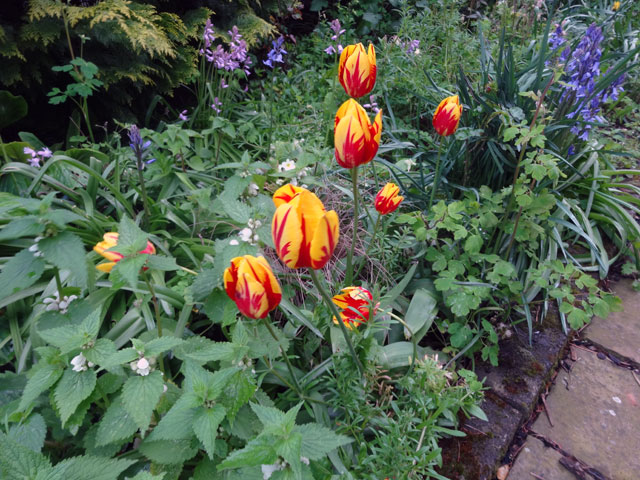




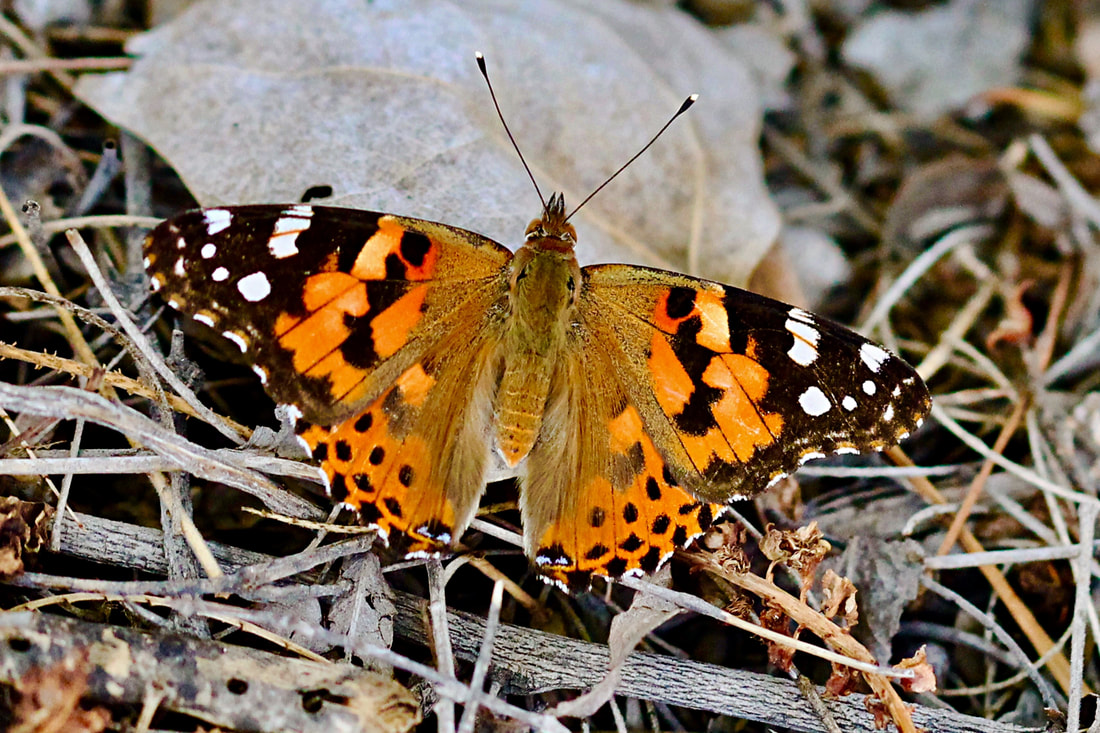
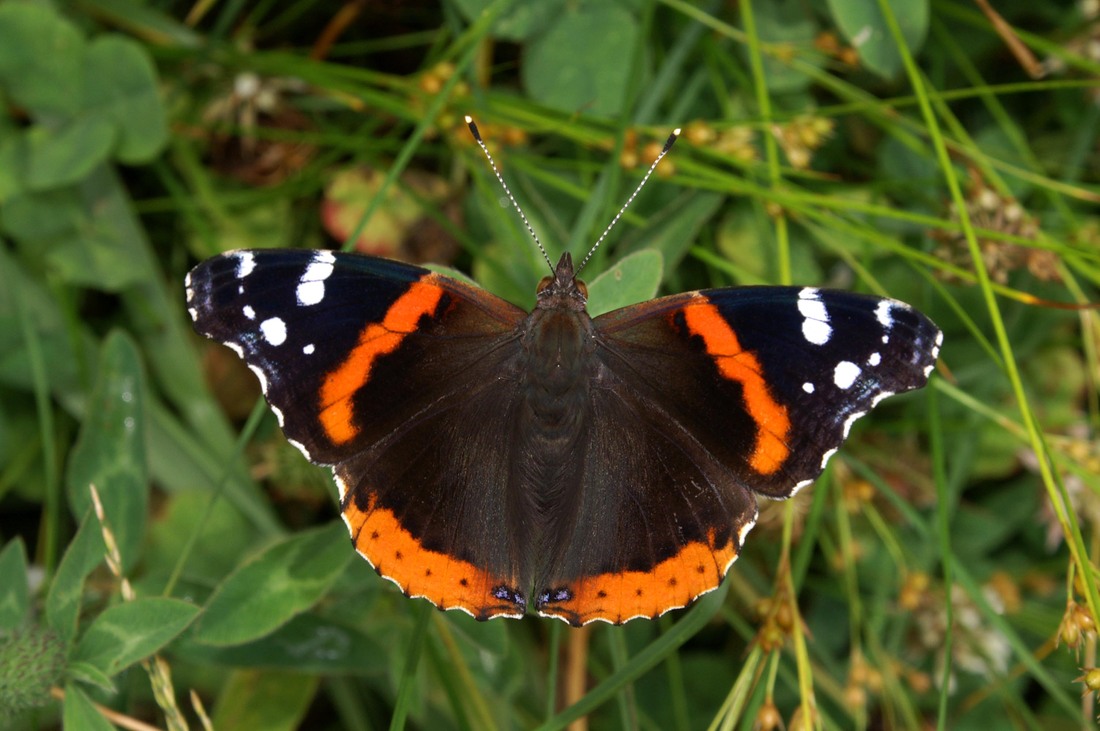
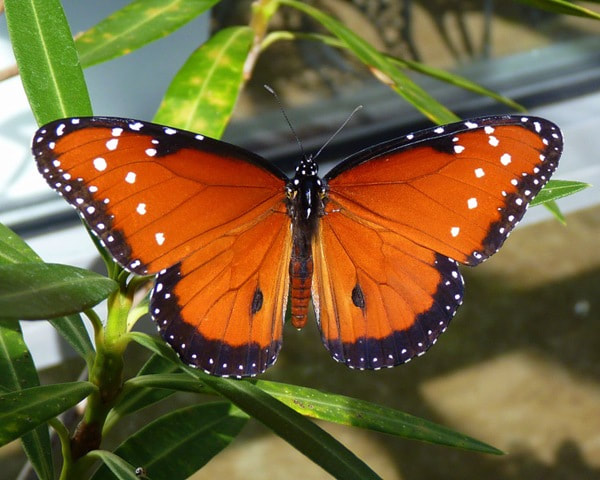

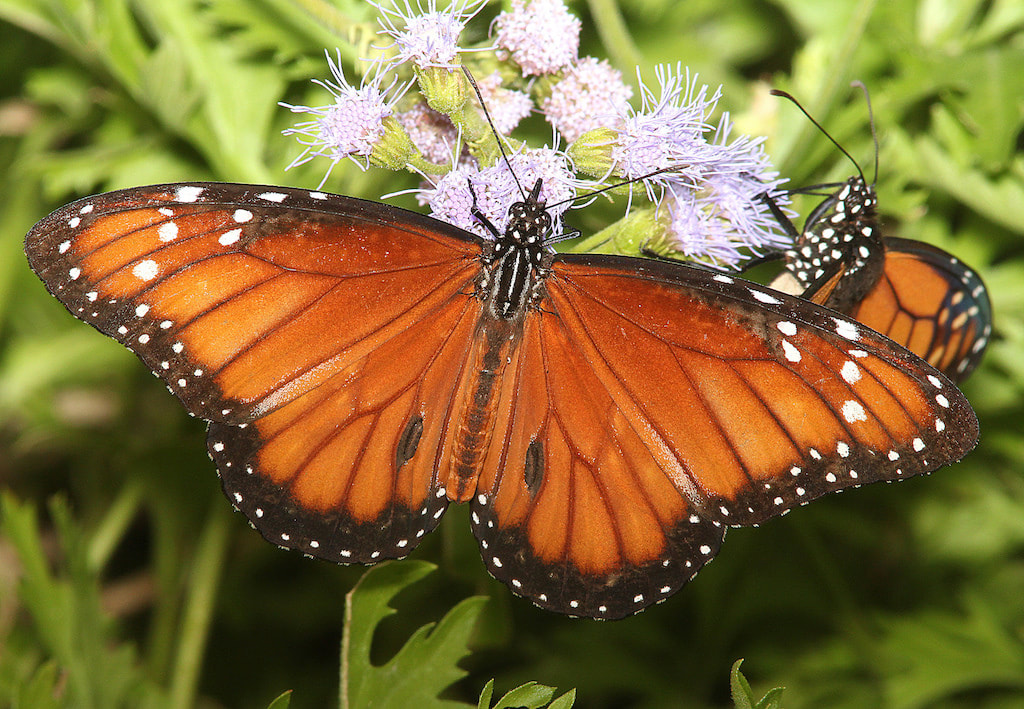


 RSS Feed
RSS Feed